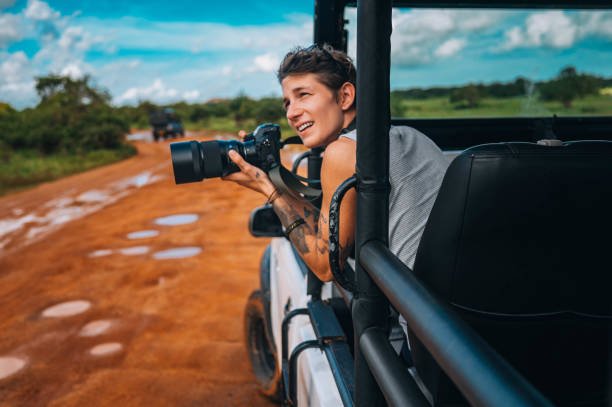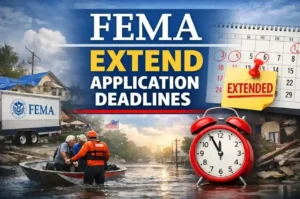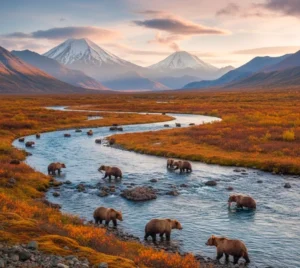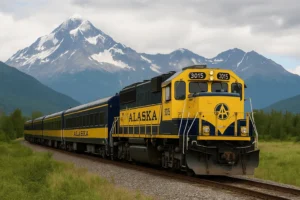Table of Contents
Therefore, the state’s eight parks offer a unique opportunity to witness top wildlife encounters in Alaska’s Parks in their natural habitats. From huge brown bears to agile Dall sheep and from humpback whales to bald eagles, these national parks in Alaska are a wildlife enthusiast’s paradise.

In this article, you will find the top animals to see, highlighting the best wildlife encounter opportunities while exploring Alaska’s National Parks.
1. Bear Viewing
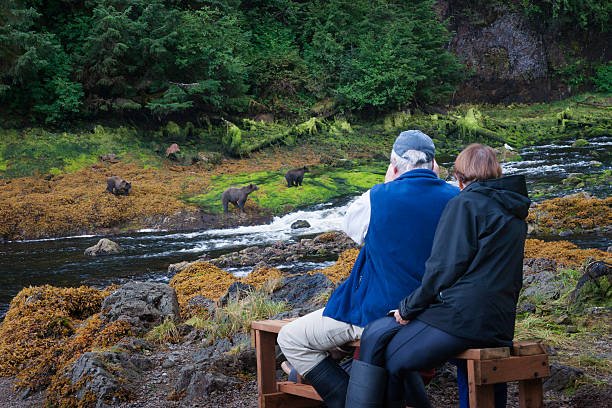
Alaska is home to over 1,00,000 black bears and 30,000 brown bears, making it one of the best places in the world to witness these magnificent creatures. The national state’s parks, particularly Katmai Park and Preserve, offer guided bear-viewing tours. These tours allow visitors to witness bears up close, particularly during salmon runs, when they congregate to feed on the abundant fish.
When And Where Should You Go?
From July to September.
Katmai National Park and Preserve and McNeil River State Game Sanctuary are the famous points where you can encounter brown bears so frequently.
Safety First:
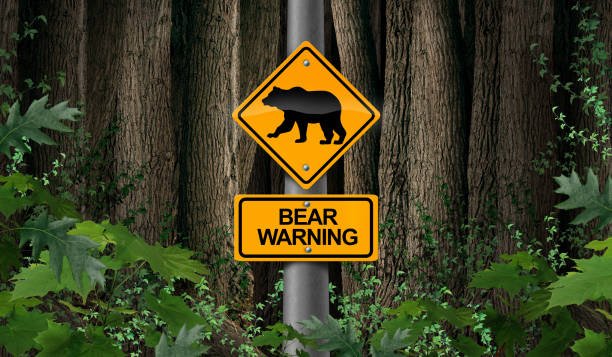
Keep distance: Maintain a minimum distance of 100 yards (91 meters) from bears.
Be aware of your surroundings: Pay attention to your guide’s instructions and watch for signs of bears, such as tracks or scat.
Make noise: When hiking, make noise to avoid surprising bears.Responsible Viewing:
- Respect bear space: Avoid approaching or blocking bears’ paths.
- Keep a calm and quiet demeanor: Avoid sudden movements or loud noises.
- Don’t feed bears: Feeding bears can habituate them to humans and lead to aggressive behavior.
- Support conservation efforts: Consider donating to organizations that protect bear habitats and support conservation initiatives.
2. Marine Wildlife Encounter
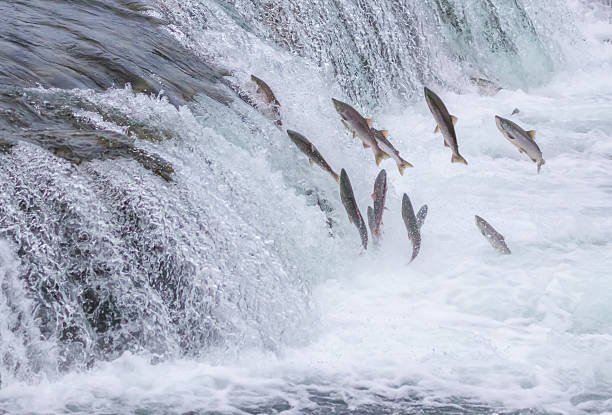
Alaska’s coastline is home to marine wildlife encounters. Take a guided cruise to watch humpback whales, orcas, sea otters, seals, and seabirds in their natural habitat. Kenai Fjords National Park is a must-visit destination for this experience.
When And Where Should You Go?
From May to September.
Kenai Fjords Park and Prince William Sound are the ideal places for witnessing marine wildlife encounters.
Wildlife Watching Tips:
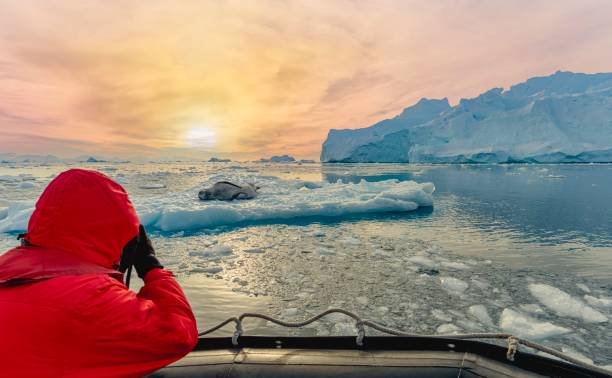
Be patient and quiet: Keep noise levels down to avoid disturbing wildlife.
Look for signs of wildlife: Pay attention to guide instructions and watch for signs of wildlife, such as spouts or sea lion haul-outs.3. Dall Sheep Viewing
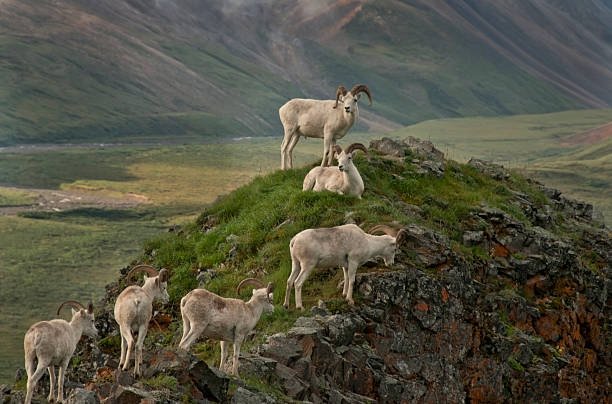
Dall sheep, with their iconic white coats, are a symbol of Alaska’s wilderness. Witness these creatures grazing on mountainsides.
When Should You Go?
From June to September, because it can’t be seen in harsh weather.
Best Location:
Denali Park and Preserve and Windy Point are the best places to find them.
Tips:
Look for sheep in rocky areas: Dall sheep often inhabit rocky outcroppings and mountainous terrain.
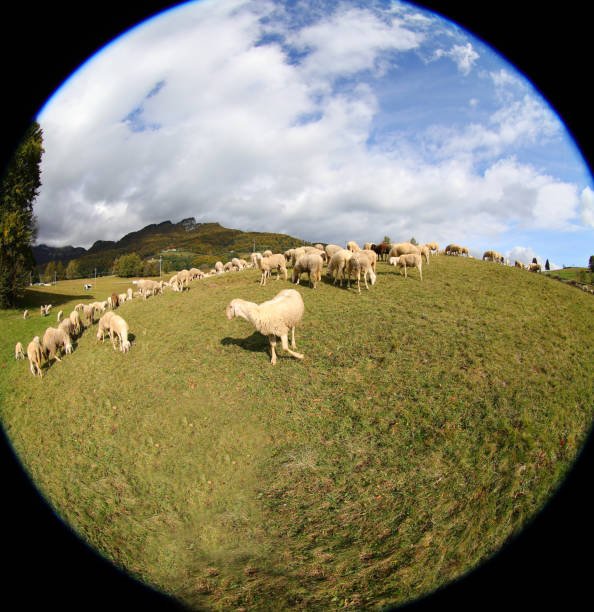
Scan for white coats: Dall sheep have distinctive white coats, making them visible against the rocky terrain.
Be patient: Spotting Dall sheep can take time, so be ready to spend several hours scanning the terrain.4. Polar Bear Encounters
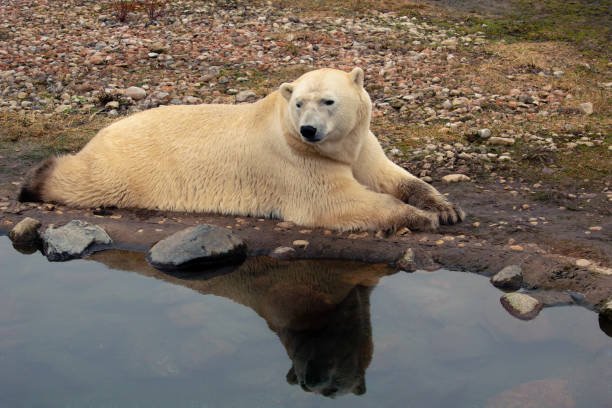
Rare sightings can be experienced in the Arctic region. Join a guided tour to witness these magnificent creatures in their natural habitat. However, some safety measures are required, and also some cautions to respect their space.
When And Where Should You Go?
The ideal time to see them is from September to November when the temperature falls.
Arctic National Wildlife Refuge and Gates of the Arctic National Park and Preserve are the places where they can be seen
Viewing Tips:
Some viewing tips are as follows.
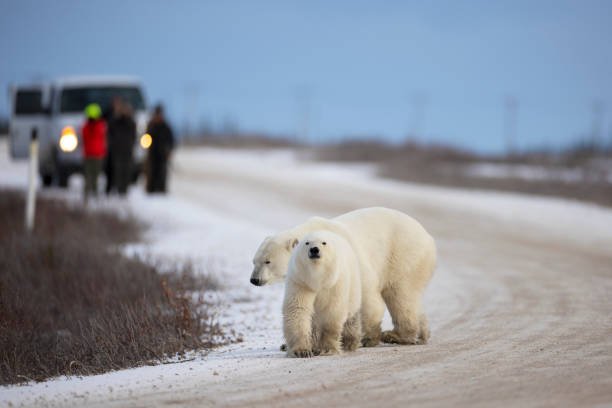
Head to polar bear hotspots: Popular viewing spots include Katmai National Park, Arctic National Wildlife Refuge, and the North Slope.
Take a guided tour: Guided tours can provide access to remote areas and increase your chances of spotting them.Polar Bear Incident 2023:
In January 2023, a tragic polar bear attack occurred in Wales, Alaska, resulting in the deaths of a mother and her 1-year-old son. This incident marked the first fatal polar bear attack in the U.S. in over 30 years. The bear entered the community during a heavy snowstorm and chased several residents before attacking the victims as they left a school. Attempts by school staff to fend off the bear were unsuccessful until a resident intervened and shot the bear.
5. Caribou Viewing
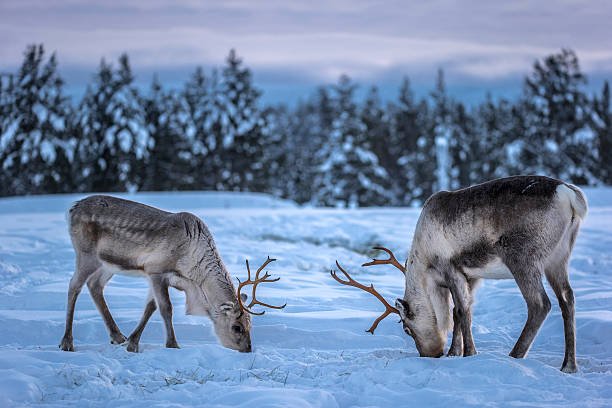
Witness the majestic caribou herds roaming the Arctic tundra. It’s a beautiful sight watching them roam around freely. Guided tours are a good option to witness these incredible creatures up close.
When And Where Should You Go?
From June to September.
The Arctic National Wildlife Refuge is a prime location for their sightseeing experience.
Tips :
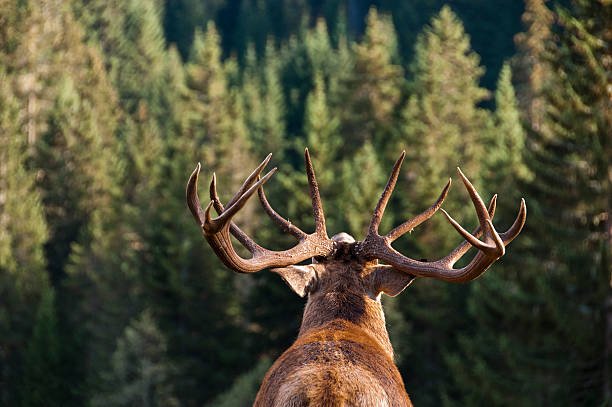
Look for caribou in open areas: Caribou often graze in open areas, such as tundras and meadows.
Scan for antlers: Male caribou have distinctive antlers, making them easier to spot.6. Eagle Viewing
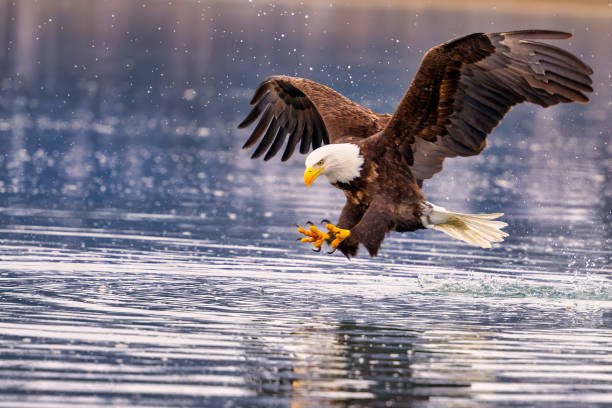
Alaska is home to a large population of eagles, including Bald Eagles and Golden Eagles. With over 40,000 bald eagles calling Alaska home, spotting these iconic birds is a common occurrence, and viewing them in their natural habitat can be a thrilling experience. To increase your chances of spotting eagles and ensuring a safe experience, follow these expert tips.
When And Where Should You Go?
The ideal time to witness them is from May to September, but they can be seen almost around the year because they are common.
Alaska Raptor Center and Tongass National Forest are the places where eagle convocation can be seen.
Tips for Watching:
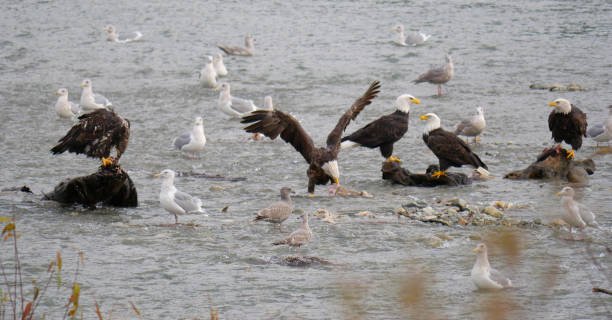
Look for eagles near water: Eagles often fish and hunt near water, so look for them near rivers, lakes, and coastal areas.
Scan for nests: Eagles often build large nests, known as eyries, in trees or on cliffs.7. Walrus Haulouts
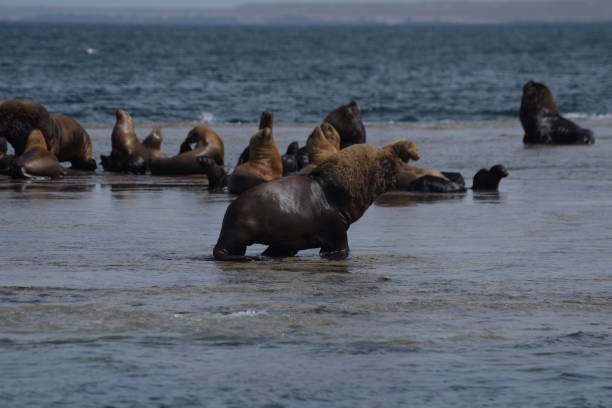
A walrus haulout is a location where walruses gather on land or ice to rest, molt, and socialize. These haulouts can be found on beaches, rocky shores, or ice floes, and can range in size from a few dozen to tens of thousands of walruses. Experience the unique opportunity to witness hundreds of walruses congregating on beaches.
When And Where Should You Go?
From May to August.
Round Island, Cape Seniavin, and Cape Peirce are the main locations to see them.

Watch for signs of agitation: If walruses appear agitated or threatened, it’s best to leave the area.
Bring binoculars: A good pair of binoculars can help you get a closer look without disturbing the walruses.8. Moose Viewing
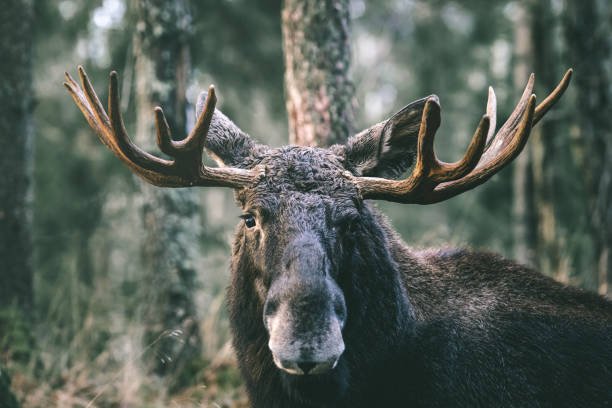
Moose are majestic creatures that roam the northern wilderness, captivating audiences with their impressive antlers, gentle eyes, and massive bodies. As the largest member of the deer family, moose can weigh up to 1,500 pounds and stand as tall as 7.5 feet at the shoulder. Their distinctive antlers, which can span up to 6 feet wide, are a sight to behold. Moose are well adapted to their aquatic habitats, with a strong swimming ability and a diet that includes aquatic plants. Despite their impressive size, moose are herbivores, feeding on a variety of plants, including leaves, twigs, and aquatic vegetation.
What is the Best Place And Time?
From June to September.
Denali National Park and Preserve is the best place for moose viewing.
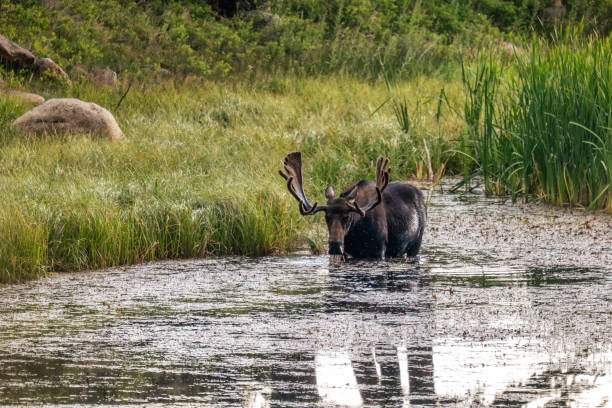
Look for moose in wetland areas: Moose often inhabit wetland areas, such as marshes and lakeshores.
Scan for antlers: Male moose have distinctive antlers, making them easier to spot.
Keep distance: Maintain a minimum distance of 20-30 yards (18-27 meters) from moose to avoid disturbing them.Conclusion
Remember to practice responsible wildlife viewing by keeping a safe distance, being patient and quiet, and respecting the animals’ natural behavior. Enjoy your Alaska wildlife encounters in national parks!






